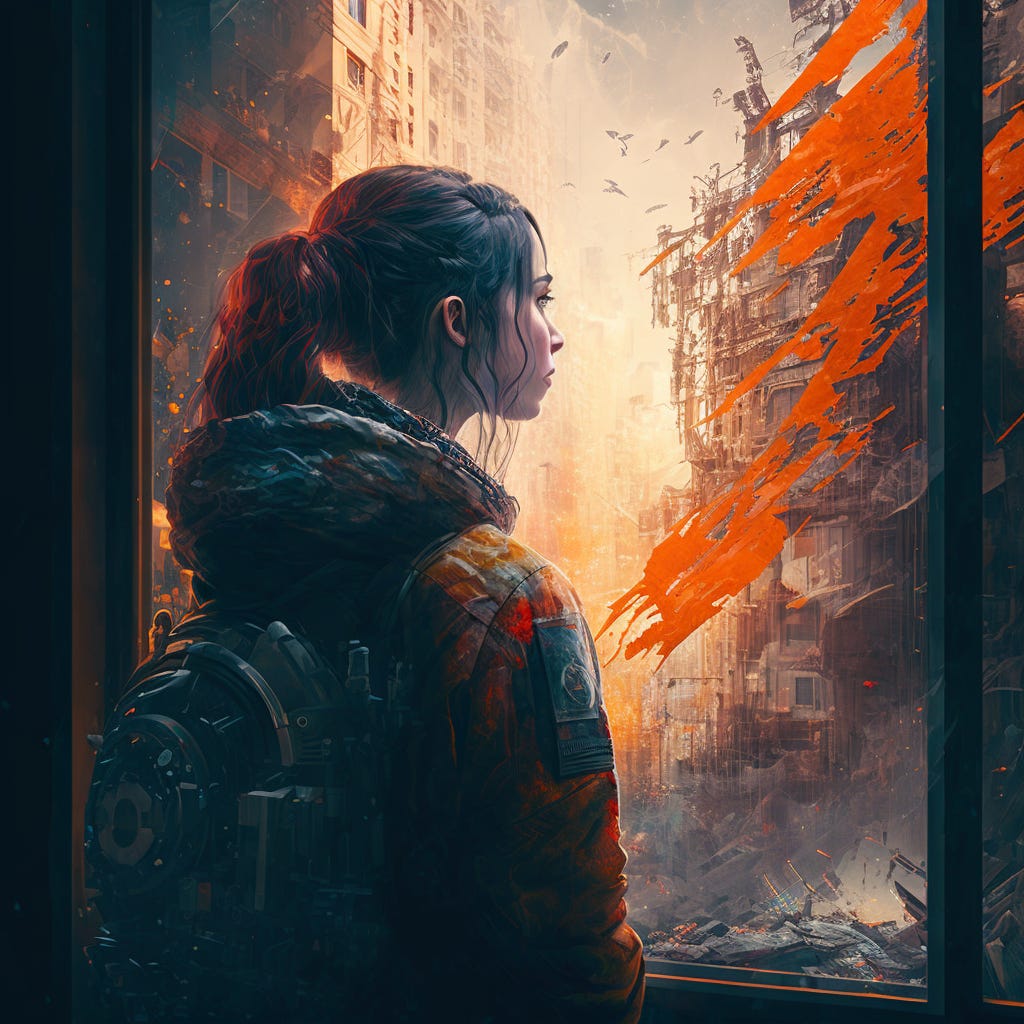ChatGPT and the Future (Present) We're Facing
2023 will be much more intense and overwhelming than 2022, so tighten your seatbelts
Until ChatGPT stops being the most important news on AI I guess we're stuck talking about it… Just kidding, I'll make sure to interleave other topics, or else we may burn out.
There's still a lot to talk about ChatGPT’s immediate and long-term implications. I’ve written about what ChatGPT is and how to get the most out of it, about the …
Keep reading with a 7-day free trial
Subscribe to The Algorithmic Bridge to keep reading this post and get 7 days of free access to the full post archives.



